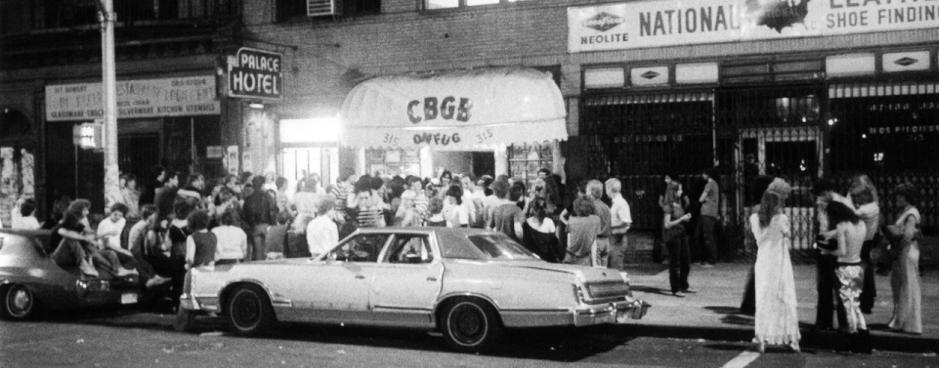
Photo by GODLIS
by Mariah Posey | March 16, 2018
In an interview with Canadian rapper Shad on episode two of Hip-Hop Evolution, Afrika Bambaataa made an important comment about the role of new wave punk in hip hop’s development.
“Downtown didn’t want to let us in the clubs,” he said. “It was the new wave punk rockers who were the first to open up the doors for us to play in their type of clubs.”
Too often, people are quick to disassociate hip hop and rap from any other forms of music – rock especially. These traditionally urban black genres are seen as “other” and “less than.” Little do many care to know, the traditionally alternative white genre was also once seen in a similar light. It was the shared experience of being different than the status quo that bonded hip hop and new wave punk during the late 70s and early 80s.
Sugar Hill Gang’s “Rapper’s Delight” was an instant commercial hit and brought rap into the public eye. Soon people across America were intrigued by how the style worked and without knowledge of its South Bronx roots, began making their own novelty versions.

Photo courtesy of Reddit | Blondie’s Debbie Harry with Grandmaster Flash and Fab 5 Freddy in New York City
According to Shad, the song made people think anyone could rap. As watered-down iterations of the musical expression popped up everywhere from comedic singles such as “Rappin’ Rodney” to McDonald’s commercials, rap quickly became a fad soon to be on its way out.
It wasn’t until Bambaataa decided to test the waters in downtown New York that authentic hip hop saw new prospects. While more high-profile clubs shunned anything having to do with the hip hop scene, new wave punk spots like Peppermint Lounge were receptive to new sounds and readily embraced DJs such as Grandmaster Flash. With new wave punk being the alternative to rock and hip hop being the alternative to disco, the two groups of misfits were dynamic when partying together.
The next few years would see the spread of hip hop and rap to everyone, even white college students, because of their shared scenes. Groups like Blondie were key supporters of the 80’s hip hop movement and helped further push the genre to center stage. Relationships between new wave punk and hip hop artists were mutually beneficial and resulted in the fusion of new sounds in each of the genres’ music. This exploration of new sounds allowed for songs like Soulsonic Force’s “Planet Rock” to feel futuristic.
Though the affinity between the two genres would eventually dissipate, the influence of their affiliation during the 80s can still be seen in modern groups such as Linkin Park, whose Mike Shonda regularly incorporates rap into the band’s songs.
Musical interests don’t have to be culturally exclusive; they’re likely more impactful when they aren’t. That doesn’t mean every white person needs to take an interest in rap or blacks in rock, but taking time to at least recognize similarities between different groups and sounds can bond those that are mistakenly seen as polar opposites.